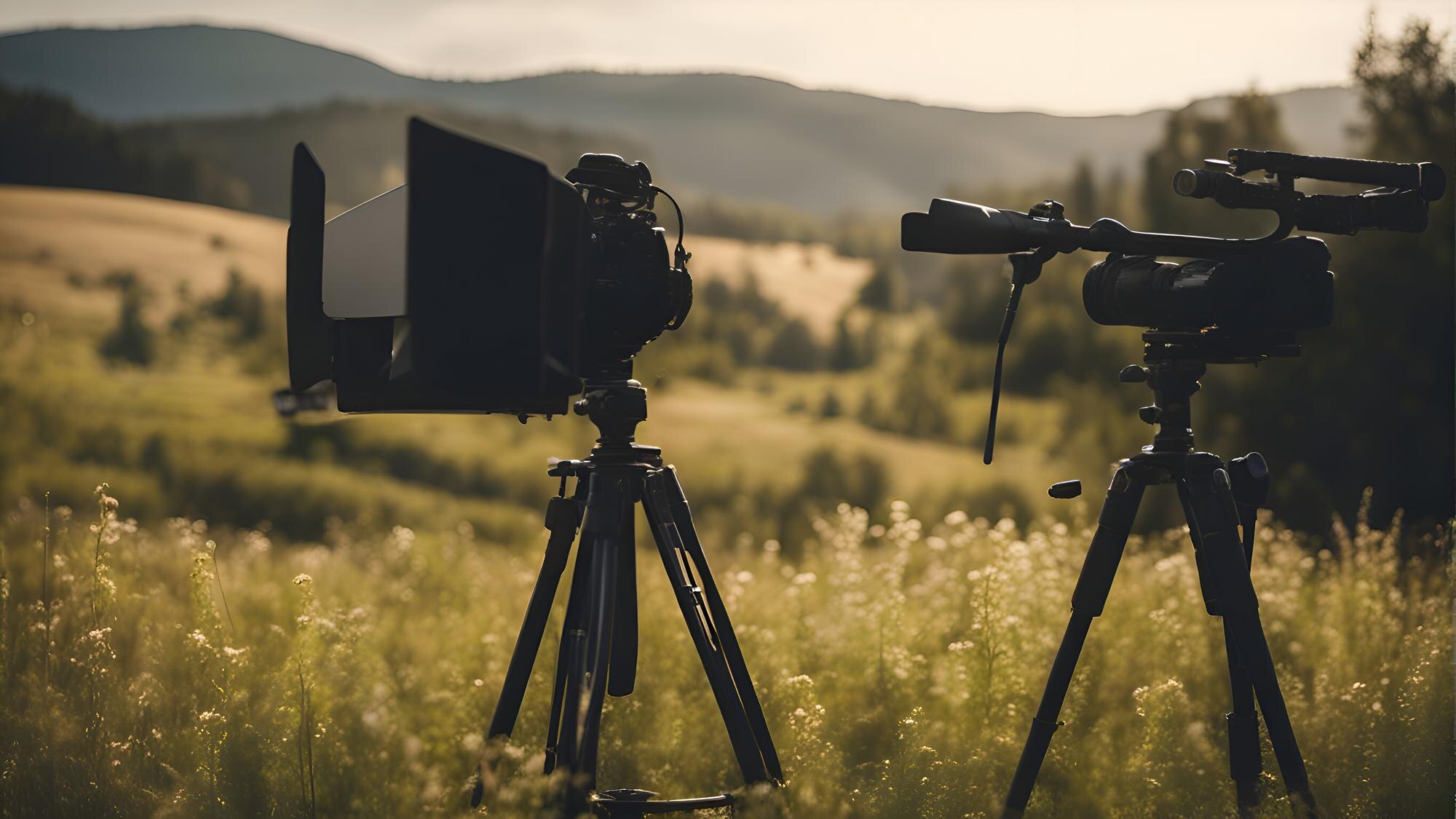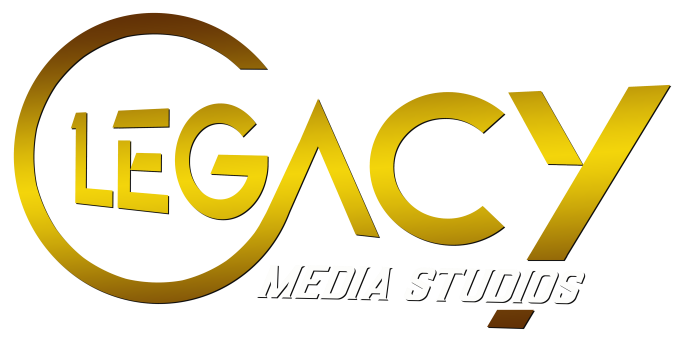How To Choose The Best Location For Your Film Shoot
Choosing the right location for your film shoot can make or break your production. A good location can enhance your story, create a realistic and immersive atmosphere, and provide you with cinematic opportunities. A bad location can ruin your film, cause logistical and legal problems, and waste your time and money.

How to Choose the Best Location for Your Film Shoot
Choosing the right location for your film shoot can make or break your production. A good location can enhance your story, create a realistic and immersive atmosphere, and provide you with cinematic opportunities. A bad location can ruin your film, cause logistical and legal problems, and waste your time and money. So how do you find the perfect location for your film? Here are some tips to help you with your location scouting.
1. Start with your script and budget
The first step to finding a good location is to know what your script requires and what your budget allows. Read your script carefully and identify the locations that are essential for your story. How many locations do you need? What kind of locations are they? How long do you need to shoot at each location? How much can you afford to spend on each location?
Your script and budget will help you narrow down your options and focus on the locations that are feasible and suitable for your film. For example, if your script calls for a scene in a spaceship, you might want to consider shooting on a set or using CGI instead of trying to find a real spaceship. On the other hand, if your script calls for a scene in a forest, you might want to scout for a nearby park or nature reserve that can double as a forest.
2. Do your research and contact the local authorities
Once you have a list of potential locations, you need to do some research and contact the local authorities. You can use online tools such as Shot Hotspots, Location Hub, or real estate listings to find and browse locations that match your criteria. You can also contact a film commission or a location manager to get some recommendations and assistance.
However, before you decide on a location, you need to make sure that you have the permission and the permits to shoot there. Depending on the location, you might need to contact the owner, the manager, the landlord, the local government, the police, or other relevant parties. You need to ask them about the availability, the fees, the rules, the restrictions, and the insurance of the location. You also need to get a written agreement that states the terms and conditions of your shoot.
3. Visit the location in person and do a tech scout
After you have secured the permission and the permits, you need to visit the location in person and do a tech scout. A tech scout is a process where you bring your key crew members, such as your director, your cinematographer, your sound mixer, your production designer, and your gaffer, to inspect the location and plan the technical aspects of your shoot.
During the tech scout, you need to check the following factors:
The size, the shape, the layout, and the aesthetics of the location
The lighting, the sound, the power, and the internet conditions of the location
The accessibility, the parking, the security, and the amenities of the location
The challenges, the risks, the hazards, and the contingencies of the location
You also need to take photos, videos, and measurements of the location, and create a floor plan, a shot list, a lighting diagram, and a schedule for your shoot.
4. Be flexible and creative
Finally, you need to be flexible and creative when choosing and using your location. Sometimes, you might not find the ideal location that matches your vision or your budget. Sometimes, you might encounter unexpected problems or changes at your location. Sometimes, you might discover new possibilities or opportunities at your location.
In these situations, you need to be able to adapt and improvise. You can use some tricks and techniques to make your location look better or different, such as:
Set dressing: adding, removing, or changing the props, the furniture, the decorations, or the colors of the location
Camera angles: choosing different perspectives, distances, heights, or movements of the camera to show or hide certain aspects of the location
Lighting: using natural or artificial light sources to create different moods, tones, or effects at the location
Sound: using music, sound effects, or dialogue to enhance or contrast the atmosphere of the location
Editing: using transitions, filters, effects, or CGI to modify or transform the appearance of the location
By being flexible and creative, you can turn any location into a great location for your film.
Conclusion Choosing the best location for your film shoot is not an easy task, but it is a crucial one. By following these tips, you can find and use a location that suits your story, your budget, and your vision. Remember, a good location can make your film, so choose wisely and shoot well.

